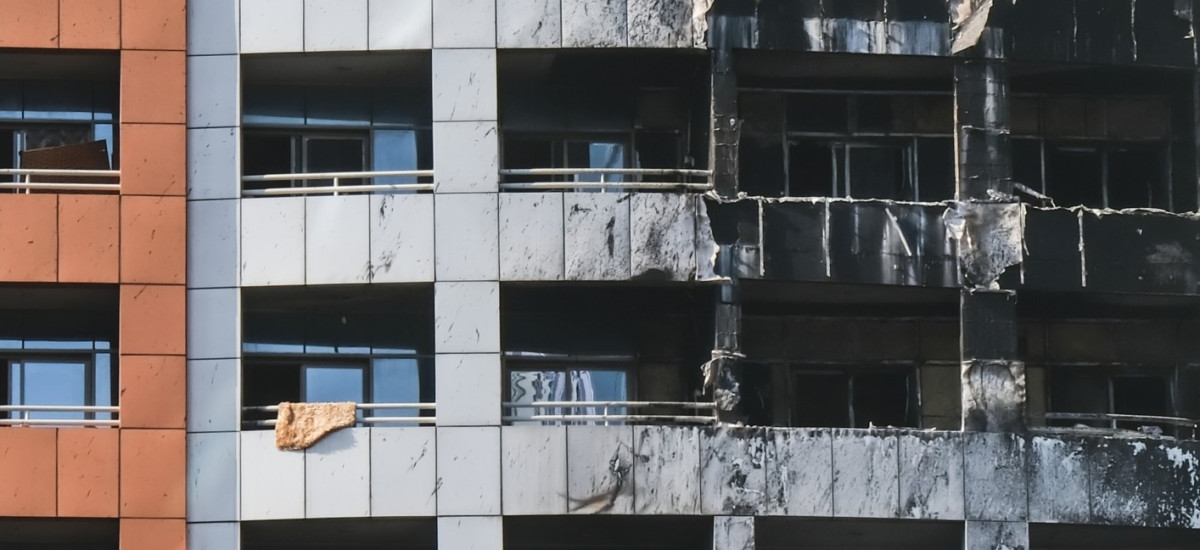19/6/2023
An increase in medium and high-rise residential development in cities has been seen globally, driving the need to provide more outdoor amenity space for occupants of apartments. To achieve this, more and more designers incorporate balconies into such buildings, making them a major attachment to the façade of a building.
However, this triggers additional risks in terms of the fire safety of a building that need to be addressed as early as possible during the design stage. Because of a lack of historical data, very little research has been carried out into fire spread and thermal transfer on balconies incorporated in the design of a façade. For this reason, further research on storey-to-storey fire spread via balconies is required, taking into consideration both the construction and movable content. In addition, since balconies are designed either as enclosed or as an external attachment, they are in contact with numerous components and are likely to have complex detailing, thereby adding to the complexity of their fire performance. For that reason, the fire exposure conditions of balcony structures and the compartmentation and connection/junction details have yet to be investigated.
To provide strong scientific support for previous and future guidance, Efectis, along with other industry and academic partners, is currently undertaking research in medium and large-scale scenarios using standardised and ad-hoc testing to investigate the above-mentioned fire performance in real-life fire scenarios. This will ensure the current guidance is up to date and allows for façades and buildings of a complex design.
If you have any queries, please contact our experts on uk@efectis.com

